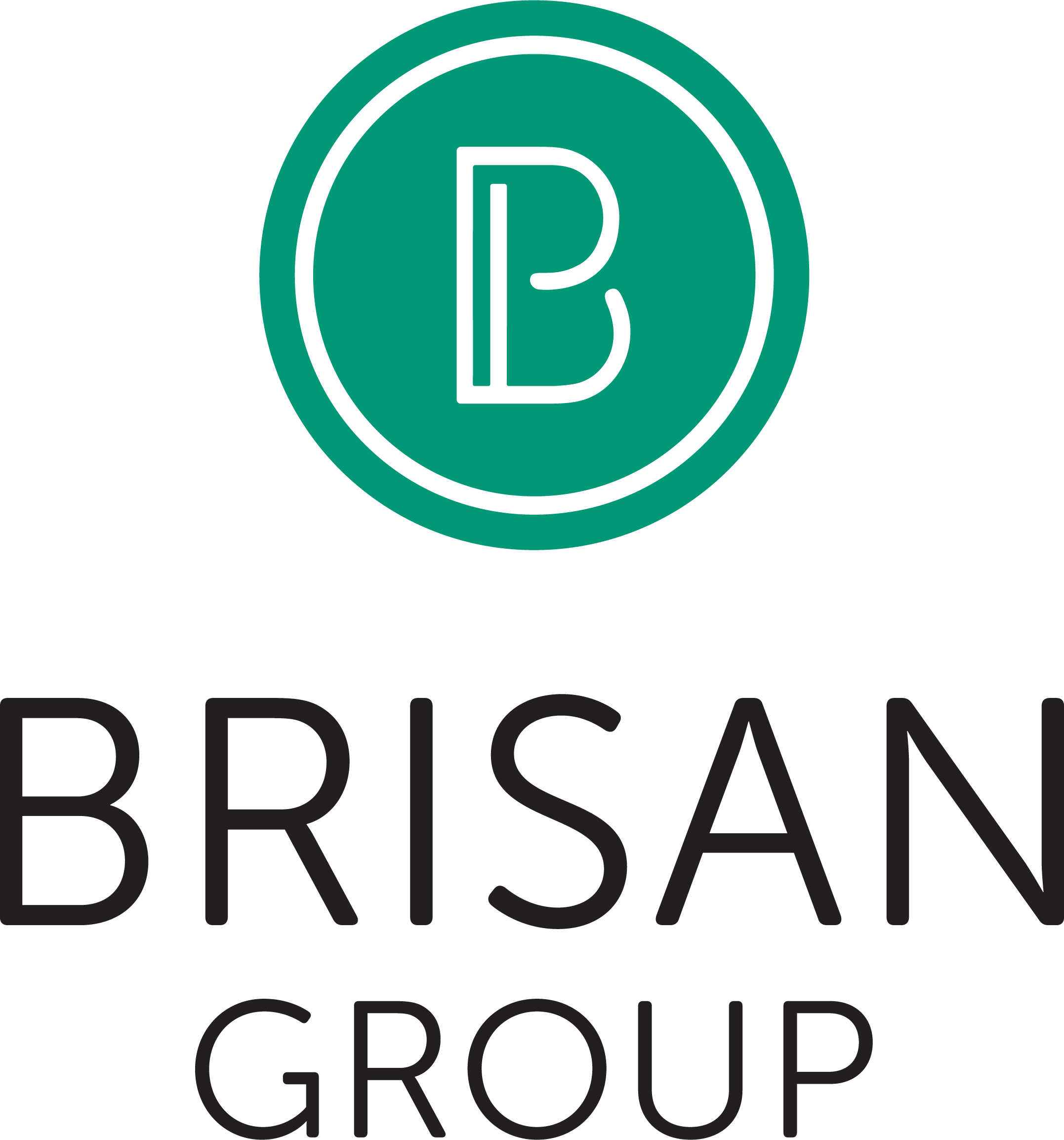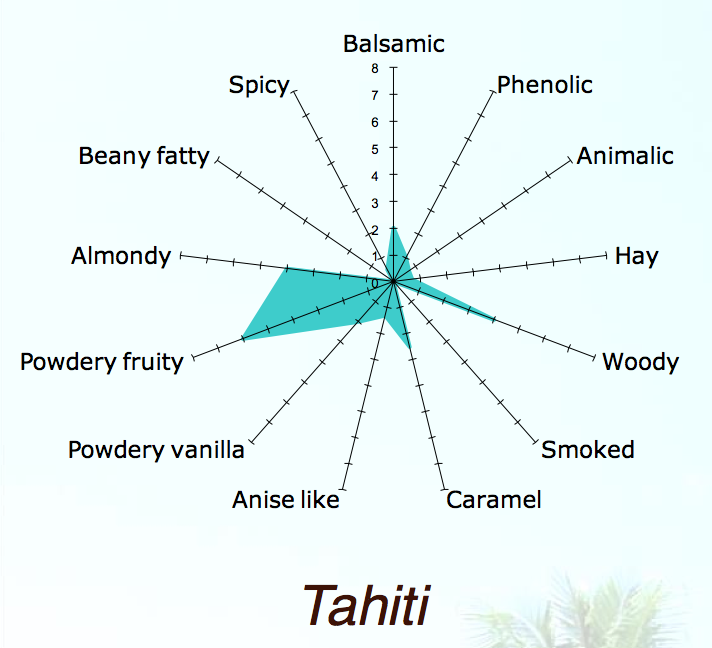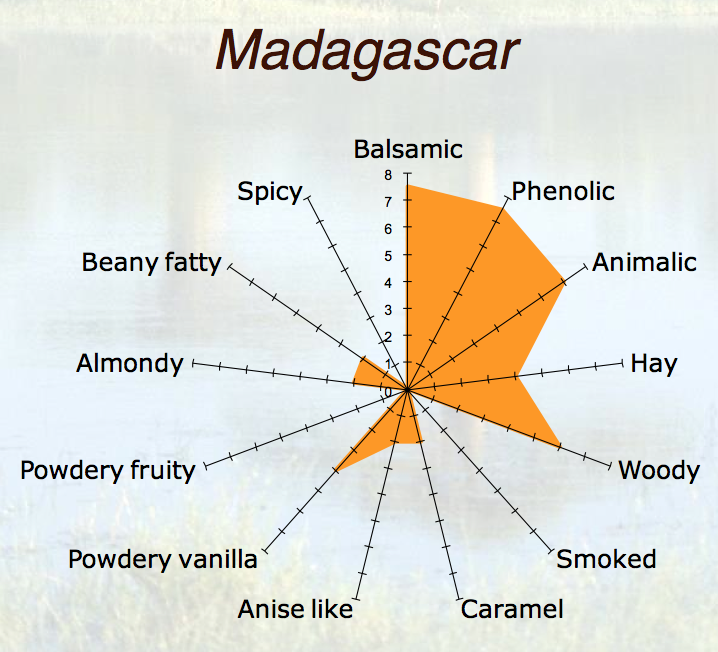Trend Reality Check: Supply Chain
Trend Reality Check: Supply Chain
We've discussed the theoretical realities of executing a trend from a marketing perspective, but the physical reality of fulfilling a trend comes down to sourcing. It may be easy to source new, trendy food ingredients for small bench work, but getting to enormous, industrial quantities can be a different story.
Before a company confirms the validity of a food or beverage concept fit for their brand, it’s also important to weigh the following ingredient supply chain factors:
Availability — Quality, quantity, volitiaity and agricultural seasonality.
Suppliers — How many companies supply this ingredient? Many respected companies have primary, secondary, and tertiary vendors.
Country of Origin — What countries produce this ingredient? Single origin vs. blend? Are there any political or economic instabilities?
Cost — Be mindful of your COG’s (Cost of Goods) and CIU (Cost-In-Use) to ensure a profitable product.
Functionality — If your company makes a dehydrated snack, and the marketing team wants to use a high-moisture ingredient — how will R&D actually execute this? Do you need to research if a spray-dried or freeze-dried version of ingredient “X” exists?
MOQ (Minimum Order Quantity) — Can your company hit the ingredient manufacturer's MOQ?
Technical Label Claims — Is it necessary for ingredient "X" to be Halal, Kosher, Vegan, Allergen-Free, etc.? If so, are the required label claims of ingredient "X" feasible? i.e. An animal-derived raw-material will never be vegan.
Supply Chain Struggle Example: Tahitian Vanilla Bean
Tahitian Vanilla Bean
The frequent use of Tahitian vanilla — by influential, fine dining restaurants — has trickled down to the larger food service segment and is now creating a big stir in the retail food industry. Click here to learn how vanilla beans are turned into vanilla extract.
Why are chefs using Tahitian vanilla?
It tastes different from Madagascar vanilla. (Madagascar vanilla has about 85% of vanilla market share.)
- Tahitian vanilla is characteristically higher in "powdery fruity" flavor [think: sweet strawberry];
- Madagascar vanilla (although there are different types) is typically higher in dark brown aromatics and top-notes [think: warm, woody, balsamic]. Click here to learn how to properly screen a flavor.
How did Tahitian vanilla become a "culinary trend"?
Numerous influential chefs started using it. Some of the best restaurants began using Tahitian vanilla a few years ago with strong, consistent, domestic frequency. This caused trend houses to highlight Tahitian vanilla as a "hip, culinary trend".
U.S. obsession with "origin" and "ingredient storytelling". Consumer push for transparency — wanting to know where their food comes from.
Millennial destination infatuation. Millennials are characterized with their obsession with travel. The beautiful island of Tahiti may fulfill a deep, underlying emotional psychiatry with "travel daydream" i.e. Sigh, I'd rather be on a beach in Tahiti than running grocery errands.
Why do Retail Food and Beverage Companies Use Tahitian Vanilla?
It's exotic and novel. The above "culinary trend" information gets fed to food manufacturer marketing teams. Tahitian vanilla is rare, expensive, and associated with high-brow, quality, trend-setting restaurants and celebrity chefs. If you go to the grocery store, you can see Tahitian vanilla being used by some premium CPG brands, such as Talenti Gelato.
what's the problem?
Only 2% of the world's vanilla production is Tahitensis. Yep, you guessed it, that teeny, tiny 2% will not satisfy international, industrial volume demand.
Info provided by PROVA
Info provided by PROVA
Other Various Examples: Scaling-up Culinary Trends
Fish
Due to the increase in fish attention and sushi craze, consumer demand has sky rocketed over the past 50 years — from 19M tons in 1950 to 87M tons in 2005. Now, more than 85% of the world’s fish stocks are now reported as fully exploited, overexploited, depleted, or recovering from depletion.
“Chefs have real power to influence consumption patterns. About two-thirds of all the fish bought in the U.S., for example, goes to restaurants. If restaurants began to buy fish only from sustainable fisheries, the oceans would soon be very much improved. ”
Specialty Meat
When Spanish, artisan meat producers — Eduardo Sousa's Natural Foie Gras from the Extremadura, Spain and the Cardeno brothers' Jamon Iberico de Bellota from the Dehesa, Spain — were asked if their premium products can be scaled-up to industrial food quantities, they each said that their product is impossible to mass produce, due to its inherent dependency on terrior and respectful, gentle animal husbandry.
Chicken
To cover American love affair with chicken breasts, poultry production has had to triple volume from 11.3 B pounds to 37 B pounds over the past thirty years. But the U.S. doesn't consume all 37 B pounds because Americans don’t like offal or "seconds cuts". Chicken producers do their best to make use of the unwanted chicken cuts — used in mechanically processed foods, pet food, livestock feed, fish feed, and sold to other countries such as Mexico and China.
Sustainable chefs, like Dan Barber, combat this issue by applying the "nose to tail eating" approach. By not only focusing a menu around meat cuts and chicken breast, but around flavorful, whole animal dishes, there is little to no waste. Click here to learn about Chef Yuji Haraguchi's 100% waste-free ramen.
Grapefruit
Over the past couple years, grapefruit has come back to menus with a vengeance! Click here to learn why grapefruit became "trendy".
Due to medical research from the late 1990’s explaining a dangerous interaction between grapefruit juice and pharmaceutical drugs and generational flavor dislike, the consumption of grapefruit has declined significantly, thus impacting the production of grapefruit. Scaling up food or beverage products using grapefruit may prove more difficult than historically.
Sustainability is not a passing trend, it's necessary
Being extremely mindful of supply chain is crucial to product development and commercialization. Sustainability is not simply a "cool fad" used by food companies fishing for good PR, it is necessary for supply chain. Working closely with ingredient manufacturers is more important than ever. Stay tuned for our next article in this "Trend Reality Check" article series.
Sources: Dan Barber, The Third Plate; Thomas McNamee, Alice Waters and Chez Panisse: The Romantic, Impractical, Often Eccentric, Ultimately Brilliant Making of a Food Revolution
Want to read the previous article about in this series? Click the below button:
Call us at (773) 492-1085 or click here to send us a message.







